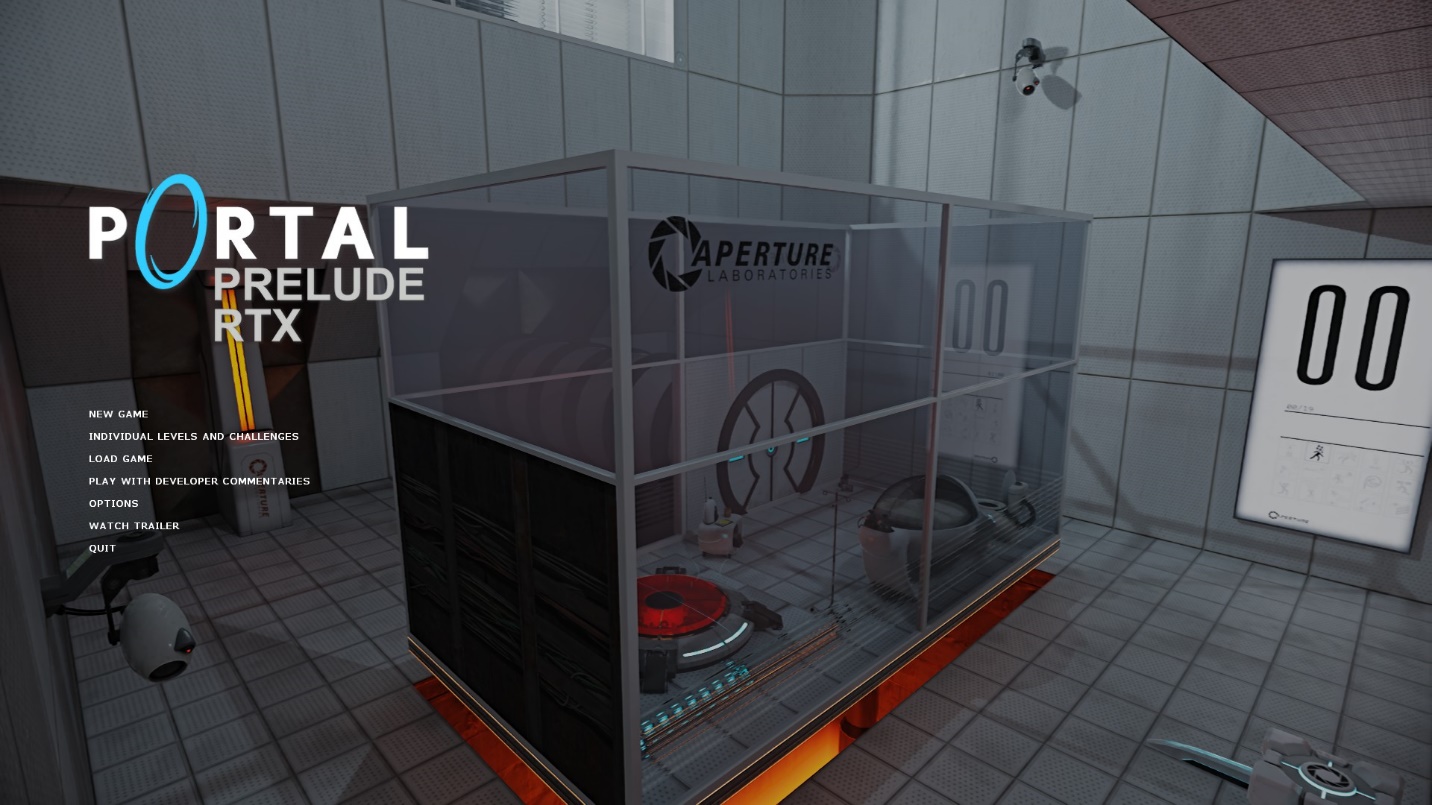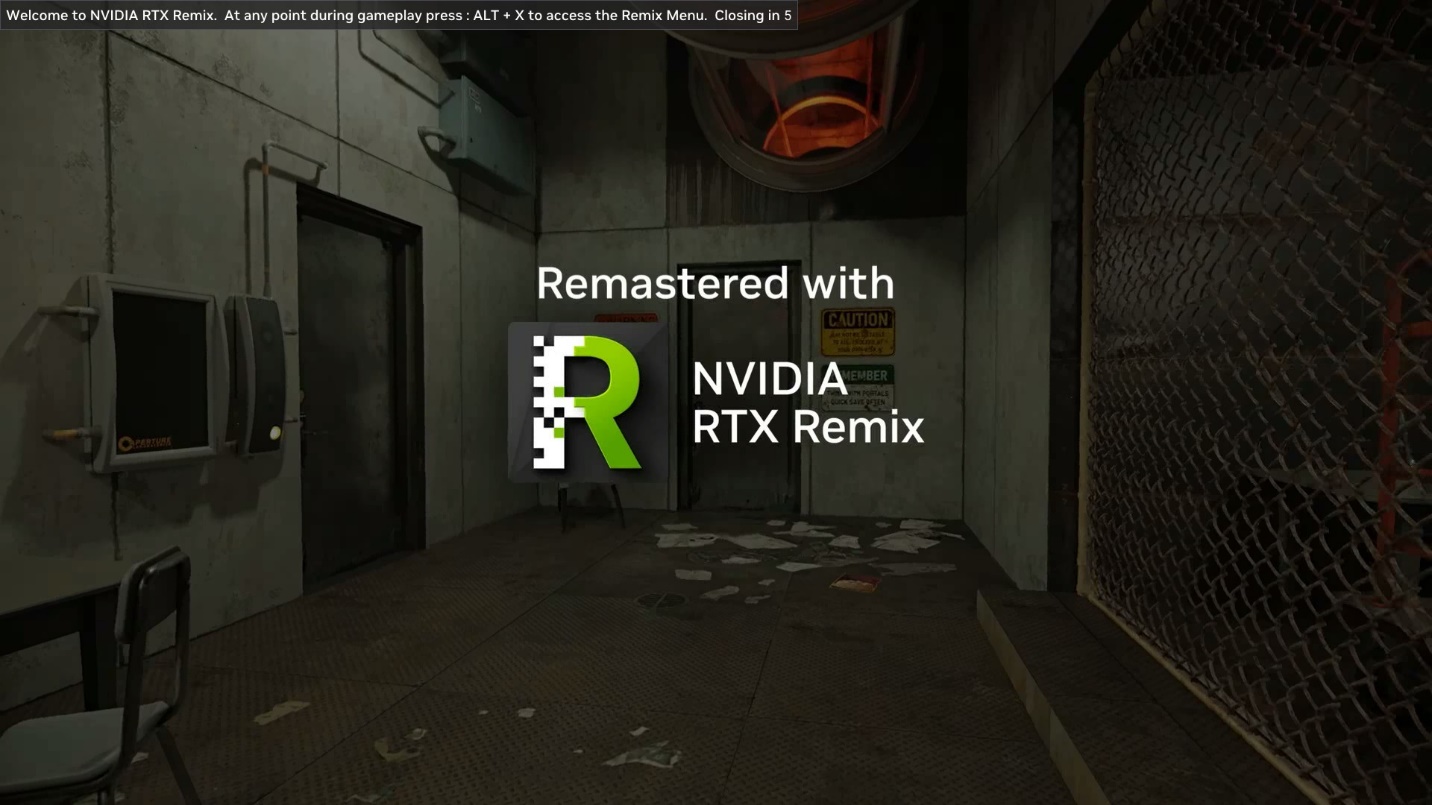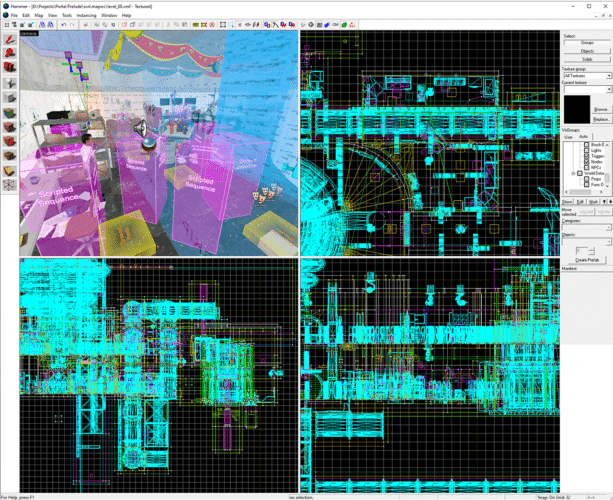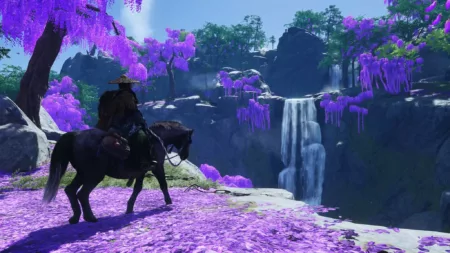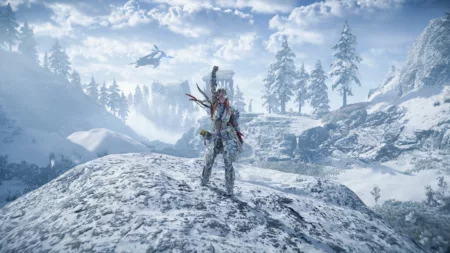Following on the footsteps of Portal RTX released at the tail-end of 2022, it was a hallmark release and serves as a technical demo of what we can expect when developers start developing purely ray traced games. Even a game as old as Portal, bumped to modern standards with enhanced graphics and path-traced lighting will really start to demand a lot of graphical horsepower even by modern standard.
Portal: Prelude RTX aims to keep the Portal legacy alive but also give it that modern graphical feel. Built by a group of 5 people including the original developer, NykO18, this 2008 classic serves as an unofficial prelude to the events of Portal before GlaDOS arrived.
Portal: Prelude is a free download for owners of the original Portal by Valve.
Getting Started with Portal: Prelude RTX
After downloading and installing Portal: Prelude RTX, players can fire up the game from their game list on Steam or the desktop shortcut icon. It has been a while since I’ve played Portal: Prelude and between the original Portal and Portal: Prelude, I can recall very clearly that the difficulty spike going from Portal to this mod was absolutely a big leap.
To be fair, many of us would’ve finished Portal’s main story before diving into mods back then. I remember trying a few mods here and there but there are mods that really stand out. For Red Alert 2, I was really deep into the Deezire mod and would commit to that mod for a long time. Portal was more about the puzzles and Portal: Prelude really gave it that “DLC-like” feel of added levels and challenges.
But once you’re done, you’re done. After playing thru a lot of games, there’s really not a lot of reason to go back. But then again, we give so much praise to these games but replaying it sometime’s not really that enticing. Still, given enough time, it really goes into that nostalgia hits territory. Which brings us back to our game.
Sometimes a game is a classic as it is, but with so much time past along with today’s gaming PCs just having that little extra power to play these games. That coupled with giving the old games a shine really helps and RTX Remix really helps modders get started into bringing those classics back in action for another generation.
As mentioned, this revival mod was made by a group of 5 guys spearheaded by the original creator: Nicolas Grevet aka NykO18 in collaboration with David Driver-Gomm aka Kralich. The creation process was a showcase of how far modders can take RTX Remix by including it in their workflow. With some mod projects requiring modders to step into the role of level designer, artist, writers, QA and testing, etc. there is no way to make this labor of love into a turnkey process.
An entire breakdown of the steps that NykO18 and Kralich undertook in this project is broken down in a recent NVIDIA blog post which features an overview of the process involved in the creation of Portal: Prelude RTX. Of course, key to the project was NVIDIA RTX Remix as it allowed integration with some key technologies that made this project much, much modern: full path-traced lighting on all levels. Since they’re already upping the graphics, why not go all the way, right? That said, path-traced lighting is still a taxing process, something that modern gaming hardware is still working to bring to our games right now.
DLSS helps in this situation but NVIDIA’s new DLSS3 takes it a step further by providing support for Frame Generation to really push frame rates further. DLSS also helped in the development process where Grevet states that they played a lot with upscaling to allow them to focus on other things like the hero assets of the mod.
Other avenues that NVIDIA RTX Remix helped were in general asset swapping for higher-resolution, detailed ones, further asset creation and adding in new geometries for the game.
With the game now out, we get to witness their hard-work in action.
As mentioned, the game can take advantage of DLSS3 and Frame Generation. NVIDIA GeForce RTX 40-series graphics from the GeForce RTX 4090 to the recently released GeForce RTX 4060, all of which take advantage of Frame Generation to boost frame rates on supported games.
NVIDIA RTX IO Debuts
We talked about RTX IO when it was announced way back during the launch of the GeForce RTX-30 series. The technology aims to overcome the current challenges of increasing asset sizes in games whether they’re textures or general game files. With SSDs becoming faster and faster, the current way games handle files is becoming a bottleneck.
The video above shows us an example of visible asset loading. You may be familiar with this phenomenon in large, open-world games or very heavily detailed titles. Its not visual issue but its distracting and ultimately multiplied by the complexity of a scene. Chuck in ten or so high-detail assets into a scene and you got an asset loading party like you’re running on a hard drive. With RTX IO, assets can also be compressed to decrease overall install package size.
Closing Thoughts
Portal: Prelude RTX is available now FREE for Portal owners. Please pay attention to the hardware requirements of the game and while you may be able to run this in other vendors aside from NVIDIA, you’d see why path-tracing is still years away if you’re not on an RTX 40- or 30-series card.



